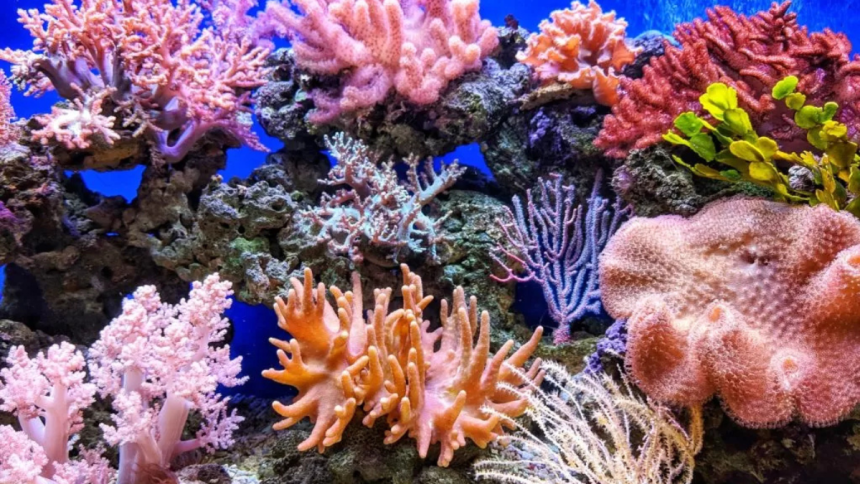Adding new corals to a reef tank is an exciting experience, but selecting the right specimens is essential for a thriving aquarium. Unhealthy corals can introduce disease and pests or struggle to adapt to their new environment. To ensure a successful purchase, hobbyists must pay attention to several key indicators, including coloration, polyp extension, and overall tissue condition.
With the increasing availability of corals for sale, both online and in stores, knowing how to assess their health is crucial. Poor-quality specimens can deteriorate quickly, leading to unnecessary losses and potential harm to other tank inhabitants. By learning how to evaluate corals before purchasing, reef keepers can make informed decisions and build a sustainable, thriving marine ecosystem.
Assess the Color and Vibrancy
A healthy coral should display vibrant, well-defined coloration. While some variations occur due to lighting differences, extreme fading or discoloration can indicate stress. Corals that appear pale or bleached have likely suffered from poor water conditions, light shock, or nutrient deficiencies.
Additionally, watch for dark, patchy spots or unnatural browning. This may suggest the presence of bacterial infections or poor adaptation to captive conditions. Always compare the coral’s color to reference images of the same species to ensure it matches typical, healthy pigmentation.
Check for Full and Intact Tissue
Tissue condition is one of the most important indicators of coral health. Corals should have smooth, fully intact tissue covering their skeleton. Receding or peeling tissue often signals stress, damage, or disease. Avoid specimens that show exposed skeletons, as this is typically a sign of tissue necrosis, which can spread quickly.
For fleshy corals like LPS (Large Polyp Stony) varieties, ensure the tissue is plump and not overly shrunken. In contrast, soft ones should appear full and properly expanded rather than limp or deflated.
Look for Active Polyp Extension
Polyp extension is another sign of a thriving coral. Many species extend their polyps during the day, while others do so primarily at night. If purchasing in person, observe whether it is actively extending its feeding tentacles. The one that remains tightly closed for long periods may be stressed or unhealthy.
However, keep in mind that some corals retract their polyps due to changes in water flow, handling, or shipping stress. If buying online, check for images of the coral in an active, extended state.
Inspect for Pests and Unwanted Hitchhikers
Undesirable hitchhikers can cause serious issues in a reef tank. Common pests such as flatworms, nudibranchs, and Aiptasia anemones often hide within coral colonies and can quickly spread. Before purchasing, carefully examine it for any small, moving organisms or unusual spots.
If buying from a store, ask if the coral has been quarantined or treated for pests. When shopping online, reputable sellers should provide close-up images and detailed descriptions. Regardless of where it is purchased, always quarantine new additions before introducing them to a display tank.
Buy from Reputable Sellers
Where you purchase corals significantly impacts the quality of your selection. Established reef stores and trusted online vendors prioritize the health of their livestock, providing clear images, care information, and quarantine procedures. Avoid sellers who provide blurry or overly edited photos, as this may hide health issues.
Additionally, look for customer reviews and feedback on a seller’s reputation before making a purchase. Some online vendors offer live-arrival guarantees, ensuring that corals arrive in good condition or are replaced if they do not survive shipping.
Whether buying in-store or online, following these guidelines will help ensure that the corals for sale you choose will flourish in their new environment. Selecting healthy corals requires careful observation of color, tissue integrity, polyp activity, and potential pests. By purchasing from reputable sources and taking the time to assess each specimen, reef enthusiasts can build a thriving, long-lasting aquarium.
Lynn Martelli is an editor at Readability. She received her MFA in Creative Writing from Antioch University and has worked as an editor for over 10 years. Lynn has edited a wide variety of books, including fiction, non-fiction, memoirs, and more. In her free time, Lynn enjoys reading, writing, and spending time with her family and friends.















